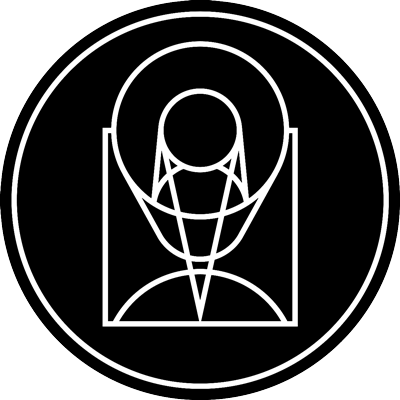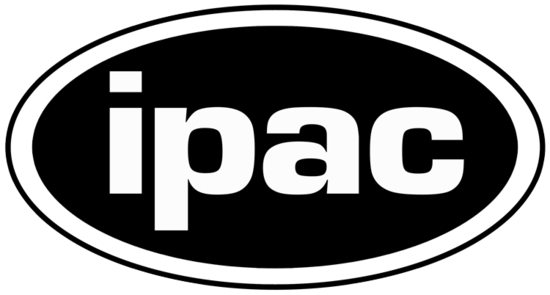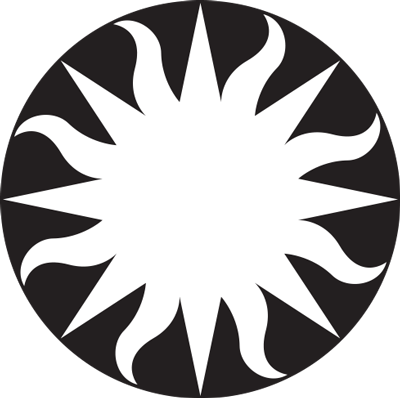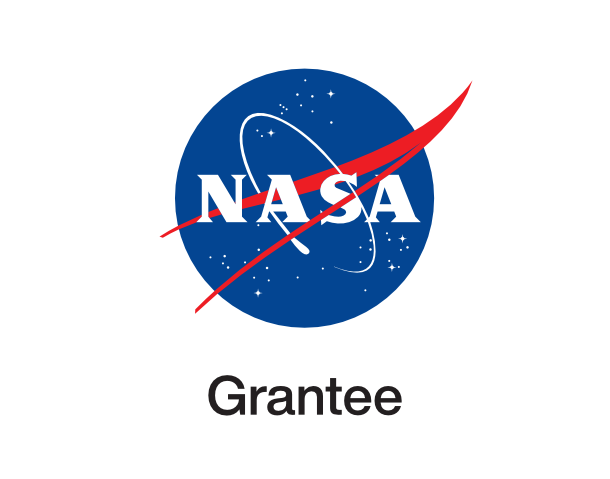LINER on collision course

esahubble_potw2341a October 9th, 2023
Credit: ESA/Hubble & NASA, M. West
This Picture of the Week prominently features two galaxies: NGC 3558 in the lower left, and LEDA 83465 in the upper right. Both galaxies lie roughly 450 million light years from Earth. The two galaxies are separated from one another by a distance of roughly 150 000 light years, which might sound vast, until we consider that our nearest galactic neighbour — the Andromeda galaxy — is a whopping 2.5 million light years distant from the Milky Way galaxy. In galactic terms, the two galaxies pictured here are practically on top of one another. This is because they belong to a crowded and chaotic galaxy cluster known as Abell 1185, which is packed with galaxies that are interacting with one another via gravity. These galactic interactions have sometimes led to dramatic results, such as galaxies being torn apart completely. This fate has not befallen NGC 3558, which currently retains its integrity as both an elliptical galaxy and a low-ionisation nuclear emission-line region, or LINER. In fact, it probably attained its present form by devouring smaller galaxies in the cluster — galaxies much like LEDA 83465. LINERs are a particular type of galactic nucleus or core, and are distinguished by the chemical fingerprints written into the light that they emit. As their name suggests, LINERs emit light which suggests that many of the atoms and molecules within these galactic cores have either been weakly ionised or not ionised at all. Ionisation is the process by which atoms or molecules lose or gain electrons. In galaxies, it is driven by a variety of processes — from shockwaves travelling through galaxies, to radiation from massive stars or from hot gas in accretion discs. In the case of LINERs, this means that many of the atoms and molecules within the galaxies have lost either a single electron, or have retained all their electrons. The mechanism that drives this weak ionisation in LINERs such as NGC 3558 is still debated amongst astronomers. [Image Description: Two galaxies are prominent among many much smaller background galaxies in the darkness of space. The larger galaxy is an elliptical galaxy, radiating light in a perfectly even sphere from a bright centre. The smaller galaxy is a barred spiral, with arms that are wispy like fog connected to a bar crossing the galaxy’s shining core. The shape of the arms makes the smaller galaxy notably squarish.]
Provider: Hubble Space Telescope | ESA
Image Source: https://esahubble.org/images/potw2341a/
Curator: ESA/Hubble, Baltimore, MD, United States
Image Use Policy: Creative Commons Attribution 4.0 International License

- ID
- potw2341a
- Subject Category
- Subject Name
- LEDA 83465, NGC 3558
- Credits
- ESA/Hubble & NASA, M. West
- Release Date
- 2023-10-09T06:00:00
- Lightyears
- Redshift
- Reference Url
- https://esahubble.org/images/potw2341a/
- Type
- Observation
- Image Quality
- Distance Notes
- Facility
- Hubble Space Telescope, Hubble Space Telescope, Hubble Space Telescope, Hubble Space Telescope
- Instrument
- ACS, ACS, ACS, ACS
- Color Assignment
- Blue, Green, Green, Red
- Band
- Optical, Optical, Optical, Optical
- Bandpass
- g, g, I, I
- Central Wavelength
- 475, 475, 814, 814
- Start Time
- Integration Time
- Dataset ID
- None, None, None, None
- Notes
- Coordinate Frame
- ICRS
- Equinox
- J2000
- Reference Value
- 167.72991701709924, 28.55135497207984
- Reference Dimension
- 4125.0, 3813.0
- Reference Pixel
- 2062.5, 1906.5
- Scale
- -1.3890194878723799e-05, 1.3890194878723799e-05
- Rotation
- -32.400000000000048
- Coordinate System Projection:
- TAN
- Quality
- Full
- FITS Header
- Notes
- Creator (Curator)
- ESA/Hubble
- URL
- https://esahubble.org
- Name
- Telephone
- Address
- ESA Office, Space Telescope Science Institute, 3700 San Martin Dr
- City
- Baltimore
- State/Province
- MD
- Postal Code
- 21218
- Country
- United States
- Rights
- Creative Commons Attribution 4.0 International License
- Publisher
- ESA/Hubble
- Publisher ID
- esahubble
- Resource ID
- potw2341a
- Resource URL
- http://esahubble.org/media/archives/images/original/potw2341a.tif
- Related Resources
- Metadata Date
- 2023-09-22T13:30:07+02:00
- Metadata Version
- 1.1
Detailed color mapping information coming soon...













